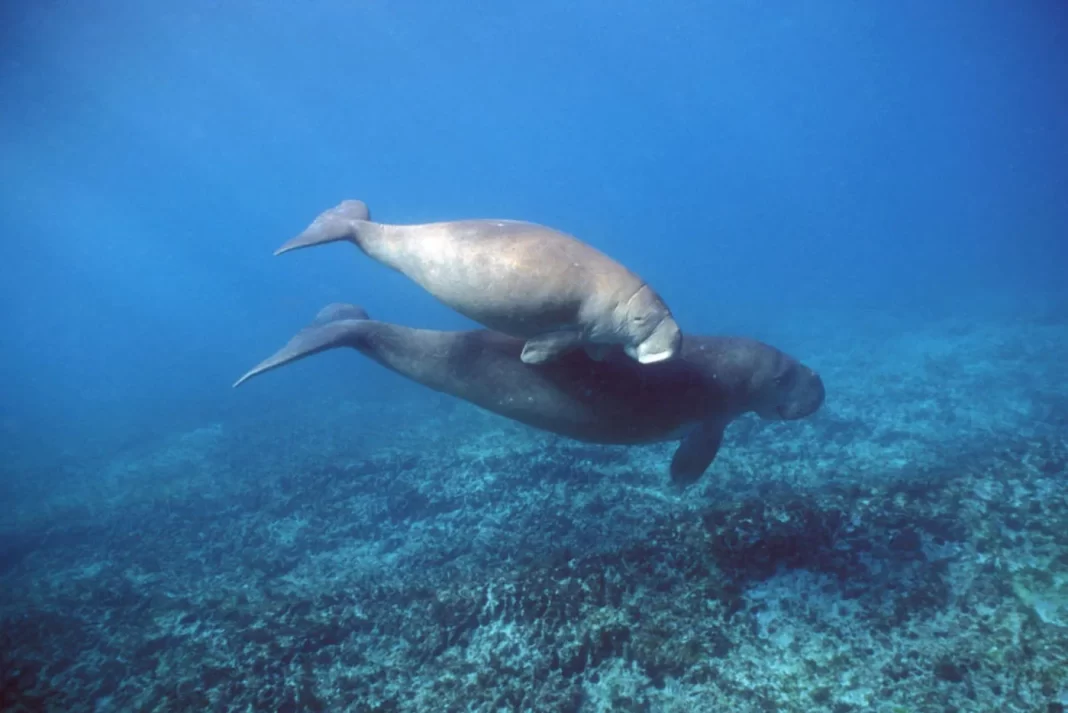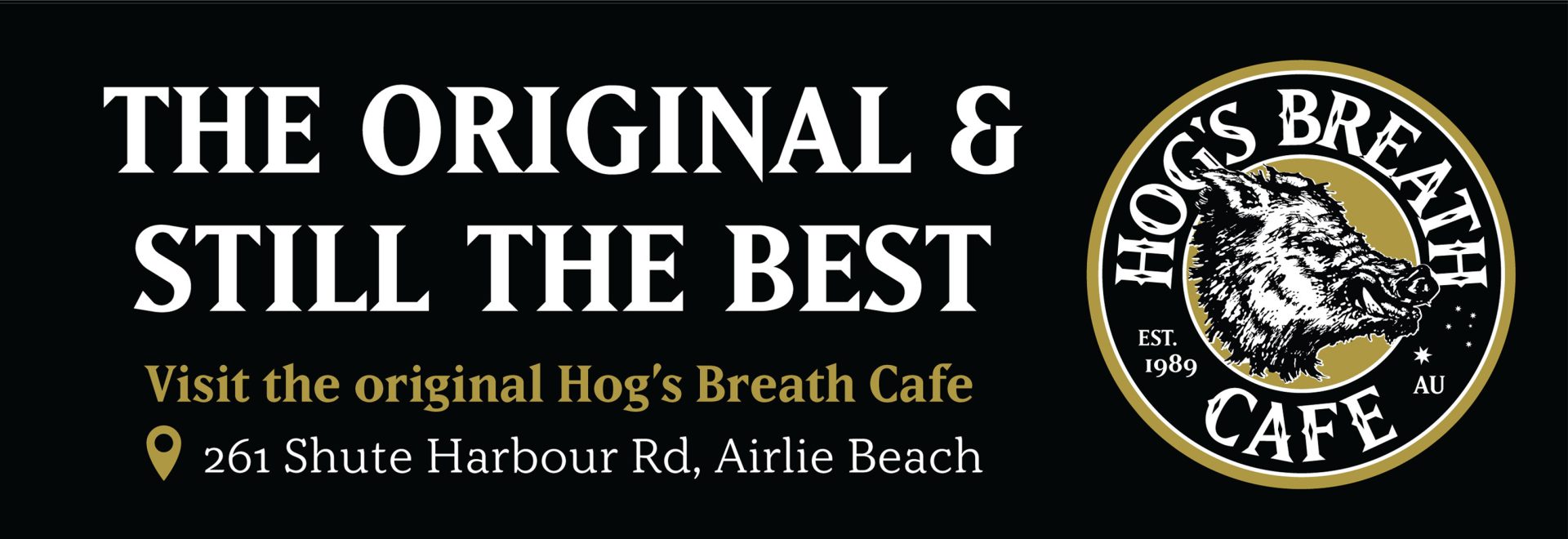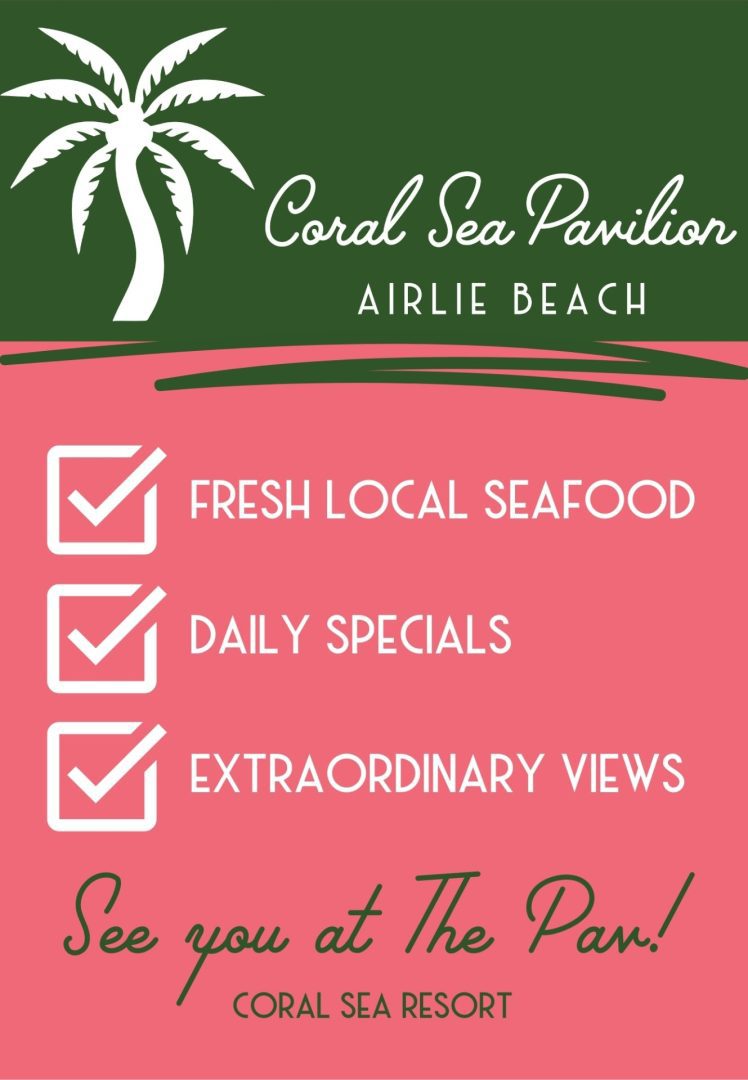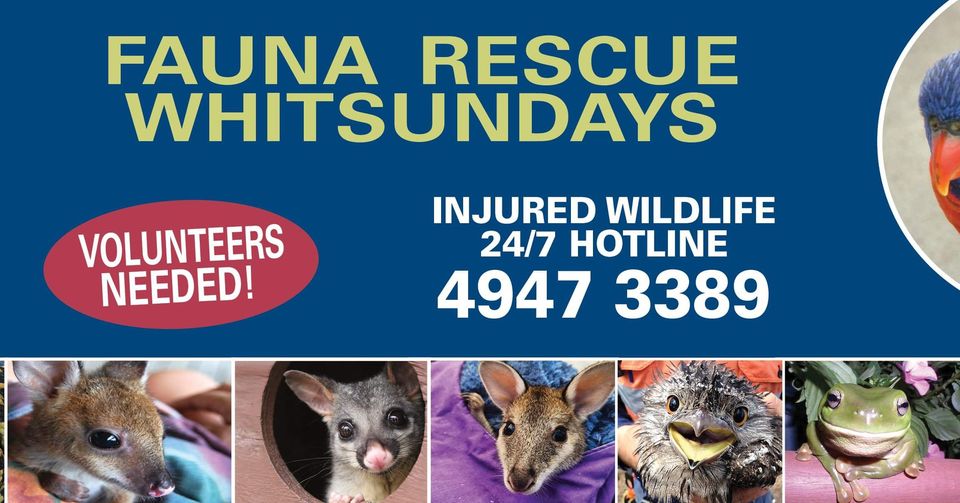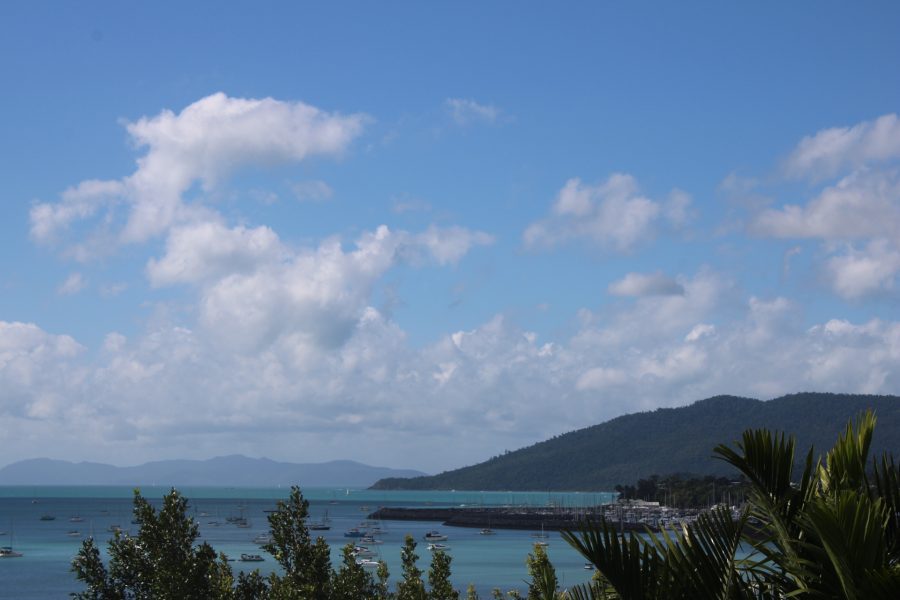By Lindsay Simpson, Whitsunday Conservation Council
MANY people might not realise that right off the beach, in Cannonvale, there is a large seagrass meadow where dugongs and green turtles graze at high tide; and on low tide, turtles bask in the mud.
Both species feed almost exclusively on seagrass, with an adult dugong consuming up to 40kgs per day, while an adult green turtle can crop up to 2kgs of leaves each day.
Recently, Maritime Safety Queensland (MSQ) placed three 1.2m wide buoys marked with ‘Go Slow’ to alert vessels around the eastern side of Pigeon Island, including jetskis, to the importance of the area for our marine life.
This follows a co-operative consultation project between MSQ, Whitsunday Regional Council, GBRMPA and the Whitsunday Conservation Council to increase awareness about the significance of the area to vessel users.
Vessel strikes from small high-speed vessels and jetskis (both recreational and commercial) are the main threat for turtles and dugongs, according to Ms Jacquie Shiels, co-ordinator of the Whitsunday Volunteer Seagrass Group and president of Whitsunday Conservation Council.
“High speed vessels causing disturbance to feeding animals can also affect their survival by affecting access to food and increasing stress. Female dugongs and calves can also be separated,” Ms Shiels said.
Luckily, tropical seagrasses are amongst the most productive habitats known, with an entire meadow able to replace all of its leaves in just 10 days, she said.
“The Pigeon Island seagrass meadow is a significant food resource (around 16Ha in area) for dugongs and turtles, as well as a nursery for fish, crabs and prawns, and a feeding are for migratory wading birds in summer,” Ms Shiels said.
“Seabed with seagrass is home to 40 times more creatures than bare sediment, which provides food for our inshore marine life.”
Stretching from the VMR building, right across to Botanica Resort on the other side of the bay, the seagrass meadow is about 946Ha in area.
“The seagrass species found there are species that dugongs and turtles prefer; this is not just a happy coincidence,” Ms Shiels said.
“Dugongs have been compared to farmers, in that their feeding habits (a little like a snowplough going through) and consequent defecation actually encourages the germination and growth of the exact species that they prefer to eat.”
Seagrass needs sunlight to grow, so with the bay often being quite murky, it is mostly restricted to growing in the shallow intertidal area.
This means dugongs and turtles are feeding in the shallows there, every high tide.
As the number of boats on the local waterways keeps increasing, the animals are at increased risk of boat strike, or being driven off their feeding grounds.
“With enough community and public awareness, we can keep enjoying the privilege of having these amazing creatures, right by where we live,” Ms Shiels said.
The buoys’ location:
- latitude 20 0 15.641’S, longitude 148 0 41.946’E
- latitude 20 0 15.866 1 S, longitude 148 0 41.910’E
- latitude 20 0 16.064 1 S, longitude 148 0 41.952’E


